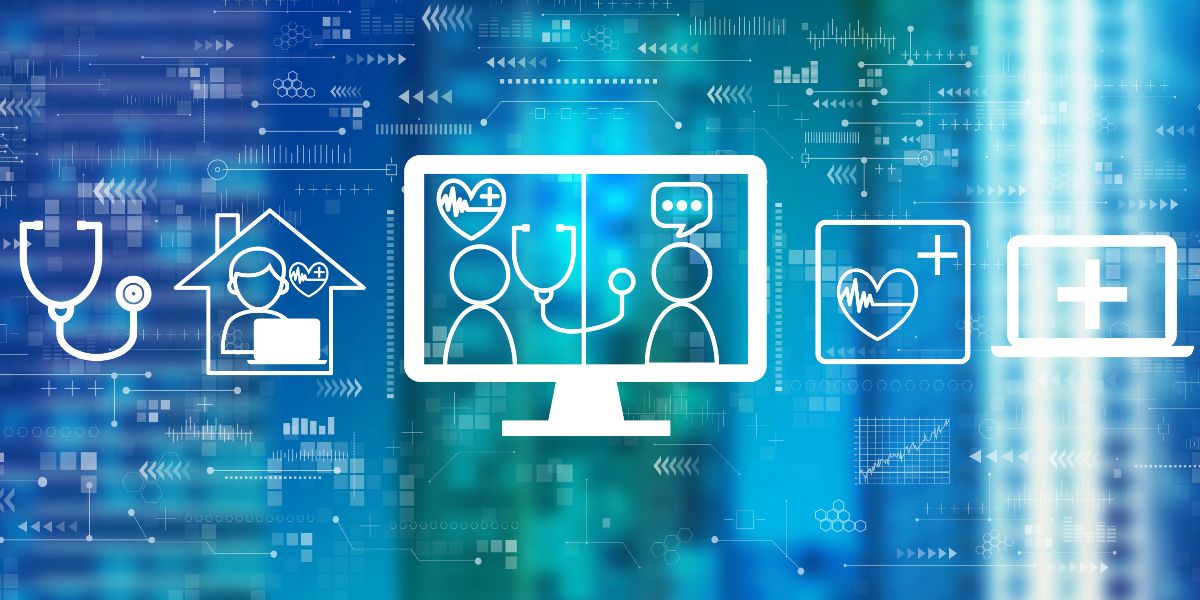AWS Public Sector Blog
Tag: nonprofit
Supporting people with hearing loss through cloud-enabled solutions
In 2021, one in six Australians—almost four million people—have hearing loss, ranging from mild to profound. The statistic is part of the larger global picture reported by the World Health Organization (WHO) that approximately 466 million people live with hearing loss; of these, 34 million are children. In addition, 1.1 billion young people are at risk of hearing loss due to exposure to noise in recreational settings and through personal audio devices. AWS offers services that will help organizations build end-to-end solutions with accessibility in mind and improve day-to-day activities such as social interactions, clinical consultations, live media, and public service announcements.
Announcing the AWS Clean Energy Accelerator for startups
Addressing climate change requires innovation across the world, across industries, and across startups and multi-national corporations. From distributed energy to storage solutions to efficiency and optimization software—clean technology investment and innovation is surging. With this surge in demand comes a rapid proliferation of startups working to solve today’s biggest energy challenges. To help foster this innovation, AWS is launching the AWS Clean Energy Accelerator.
Now available: Expanded funding for nonprofits with the 2021 AWS Imagine Grant
Nonprofits have found themselves thrust into a digital-first landscape, with an increasing demand for virtual or remote services for beneficiaries, donors, volunteers, and staff. During the COVID-19 pandemic, nonprofit organizations put forth tremendous effort to fill gaps unmet by the government and private sectors for our communities. Nonprofits have shown agility in their pivot to online events, remote service delivery, sharing of data and research, and more. To help nonprofits access the best-in-class tools provided by AWS, today we are launching the 2021 AWS Imagine Grant program. Guidelines and instructions on how to apply for this year’s cycle are available today.
Using the cloud to get rental assistance quickly to those in need
Even before the pandemic, many people were rent burdened, with a quarter of renters paying more than half their income on rent. US Congress approved two bills containing $45 billion for emergency rental assistance programs (ERAP) that states and local governments can use to support people in need. Distributing these funds quickly and efficiently requires local agencies to rapidly design and deploy new engagement models, programs, and workflows that are easy to use, that can quickly scale up to meet demand, and are flexible enough to adjust to changes in federal and local requirements. Learn how these AWS customers and partners are leveraging the cloud to quickly launch and distribute benefit assistance programs like emergency rental assistance.
Using machine learning to help nonprofits with fundraising activities
Nonprofits can leverage the cloud to reduce the burden associated with their fundraising activities. With machine learning (ML), nonprofits can identify individuals who are more likely to engage and donate to their cause to support their mission. Read more to learn exactly how you can put these solutions into action and leverage ML to help your nonprofit with fundraising efforts. In this post, discover how to use Amazon Personalize to build a ML model that supports a wide-range of personalization experiences—without prior machine learning experience.
BrainGuide uses cloud technology to empower people with knowledge and resources for brain health
Alzheimer’s, a progressive brain disease that gradually deteriorates memories and thinking skills, is one of the leading causes of death in the United States, according to nonprofit UsAgainstAlzheimer’s (UsA2). To help address the immense need for brain health information and insights, UsA2 recently launched BrainGuide working with AWS and Biogen. BrainGuide is a first-of-its-kind platform that empowers people with knowledge and resources to take the best next steps in managing their own or a loved one’s brain health.
How the cloud is helping remove barriers to addressing climate change
What if we were to democratize access to data and compute so that anyone, anywhere in the world could contribute to climate science? The Amazon Sustainability Data Initiative (ASDI) seeks to accelerate sustainability research and innovation by minimizing the cost and time required to acquire and analyze large sustainability datasets. ASDI supports innovators and researchers with the data, tools, and technical expertise they need to advance sustainability initiatives. ASDI is committed to making climate-relevant data easier to access and analyze. ASDI’s growing data catalog comprises petabytes of open data.
Now available: CMIP6 dataset to foster climate innovation and study the impact of future climate conditions
Today, Amazon announced that it is now hosting petabytes of data from the largest and most updated climate simulation dataset in the world. Through two cloud grants from the Amazon Sustainability Data Initiative (ASDI) to the Earth System Grid Federation (ESGF), Amazon is enabling climate researchers worldwide to access and analyze the dataset used for the United Nation’s Intergovernmental Panel on Climate Change’s Sixth Assessment Report (IPCC-AR6) on the AWS Cloud. The report—scheduled to be published in May 2022—provides policymakers worldwide with the latest assessment of the scientific basis of climate change, its impacts and future risks, and options for adaptation and mitigation. The climate simulation dataset, also known as the Coupled Model Intercomparison Project Phase 6 (CMIP6) data archive, traditionally hosted and distributed through the ESGF servers, aggregates the climate models created across approximately 30 working groups and 1,000 researchers working on IPCC-AR6.
Using the cloud to better understand and address social determinants of health
According to FAIR Health and the American Medical Association, telehealth use saw a nearly 3000% growth from pre-pandemic to during the pandemic. These services make virtual, real-time interactions between patient and provider possible. However, the great promise of telehealth has highlighted existing roadblocks that some face when trying to access healthcare in this country. The National Health IT Collaborative for the Underserved (NHIT) is a 501(c)3 non-profit organization on a mission to provide equitable access to health technologies and to make sure that these technologies address the needs of underserved communities and communities of color. Since its founding in 2008, NHIT has worked to advance health equity and economic viability on issues such as broadband access, electronic health records, precision medicine, consumer health applications and disaster resiliency.
Accelerating nonprofit and education sector impact through data insights with Salesforce and AWS
Nonprofits and education institutions of all sizes rely on large amounts of data to serve their stakeholders, programs, and governance. For many organizations, the first step in a technology transformation begins with centralizing data that is siloed across a variety of mission critical systems. In support of these goals, Salesforce.org and Amazon Web Service (AWS) are working together to help nonprofits and education institutions derive actionable insights from their data.









